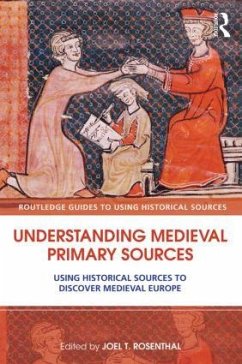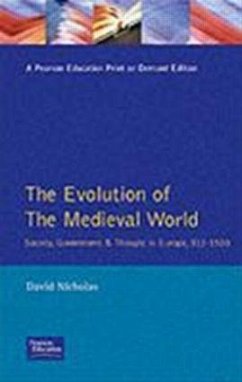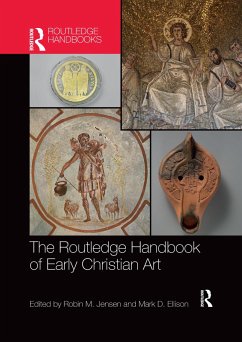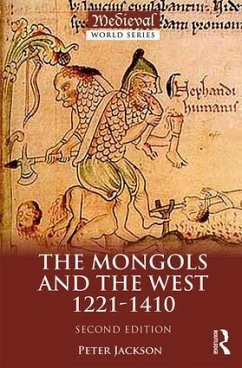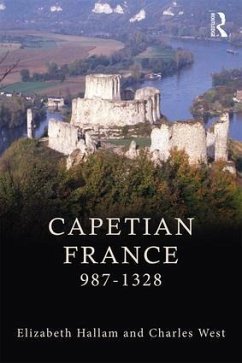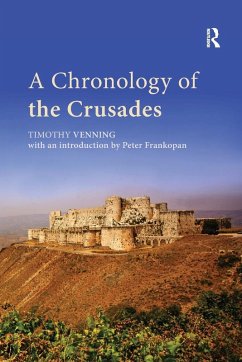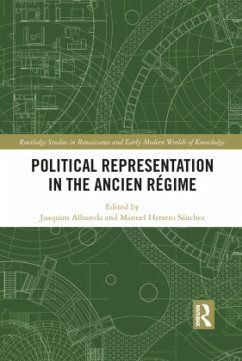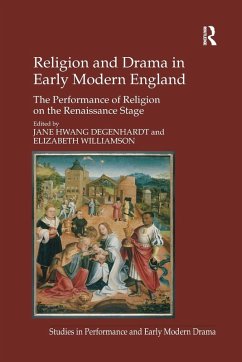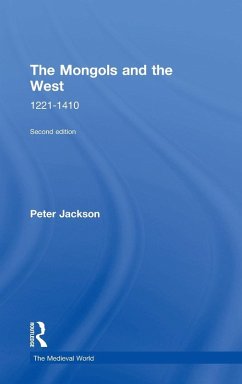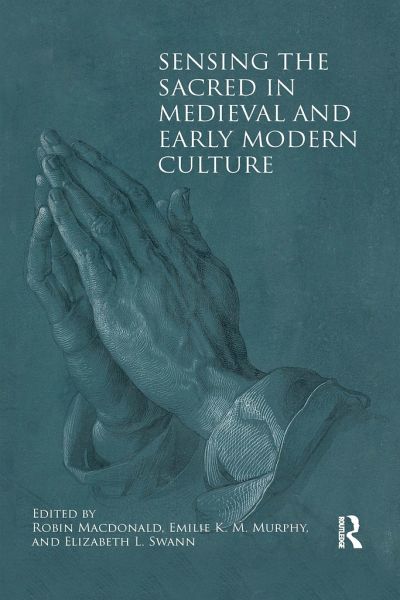
Sensing the Sacred in Medieval and Early Modern Culture
Versandkostenfrei!
Versandfertig in 6-10 Tagen
46,99 €
inkl. MwSt.

PAYBACK Punkte
23 °P sammeln!
This volume traces transformations in attitudes toward, ideas about, and experiences of religion and the senses in the medieval and early modern period. Broad in temporal and geographical scope, it challenges traditional notions of periodisation, highlighting continuities as well as change. Rather than focusing on individual senses, the volume's organisation emphasises the multisensoriality and embodied nature of religious practices and experiences, refusing easy distinctions between asceticism and excess. The senses were not passive, but rather active and reactive, res-ponding to and initiati...
This volume traces transformations in attitudes toward, ideas about, and experiences of religion and the senses in the medieval and early modern period. Broad in temporal and geographical scope, it challenges traditional notions of periodisation, highlighting continuities as well as change. Rather than focusing on individual senses, the volume's organisation emphasises the multisensoriality and embodied nature of religious practices and experiences, refusing easy distinctions between asceticism and excess. The senses were not passive, but rather active and reactive, res-ponding to and initiating change. As the contributions in this collection demonstrate, in the pre-modern era, sensing the sacred was a complex, vexed, and constantly evolving process, shaped by individuals, environment, and religious change. The volume will be essential reading not only for scholars of religion and the senses, but for anyone interested in histories of medieval and early modern bodies, materialculture, affects, and affect theory.






